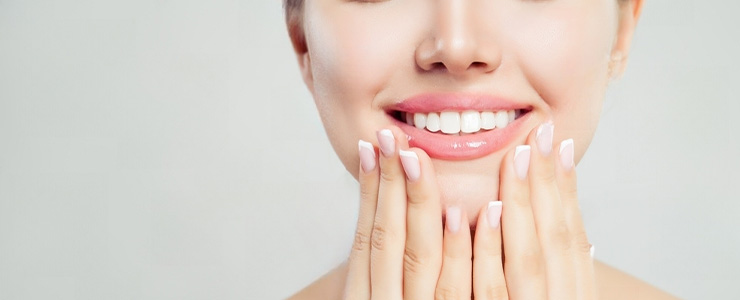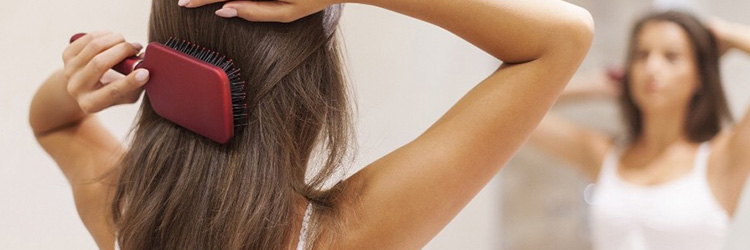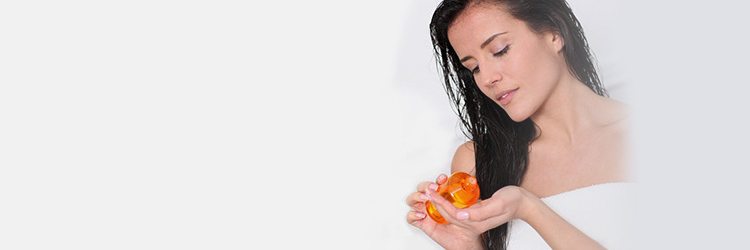Tinea capitis:
It is one of the commonest causes of hair loss. According to a study, Tinea Capitis (ringworm of the scalp) accounts for 40% of cases of hair loss in children. Usually characterized by redness of the scalp, hair loss and by a scaly border that may be itchy, signs and symptoms can sometimes be subtle. The patient may sometimes have broken hairs instead of hair loss (black dot Tinea Capitis) without scaling or itching. An infective condition, Tinea capitis responds readily to the right medical therapy.
Alopecia Areata:
It is found to be the second most common cause of hair loss in children with a prevalence of 26.2%. Considered usually in the differential diagnosis of Tinea Capitis, it can be diagnosed by a simple scalp examination.
Telogen Effluvium:
The third major cause of hair loss in children, telogen effluvium accounts for 17.6% of the cases reported. While it is commonly associated with a preceding history of fever, telogen effluvium generally results from a traumatic stimulus causing diffuse hair loss without clear areas. Broken-off hair or exclamation-point hair is absent in this condition. Anaemic children are also found to be suffering from telogen effluvium.
Other known causes
While these three conditions are found to be mainly responsible for hair loss in children, some other causes may be:
- Zinc and iron deficiency
- Traction alopecia caused due to habits of traction of hair
- Trichotillomania or compulsive hair pulling which results in irregular areas of hair loss, and hairs of different lengths with the absence of clear areas of baldness.
Treatment Options for Hair loss in children:
Topical corticosteroids:The topical application of potent corticosteroids is found to be effective for treating moderate-to-severe alopecia areata in children.Topical steroid is generally recommended as the first-line treatment for paediatric cases. Researchers suggest the use of topical corticosteroids such as 0.05% clobetasol propionate lotion, followed by the application of lower potency corticosteroids including 0.1% mometasone furoate or 0.1% betamethasone valerate scalp lotion.
Topical minoxidil:
Studies have found the use of Minoxidil (2, 4 dinitro-6-piperidinopyrimidine-3-oxide) to be an effective topical treatment for non-scarring alopecia.Generally, experts recommend topical 2% or 5% minoxidil as an adjunctive treatment, to be applied in combination with topical or intralesional steroids. Minoxidil is a prescription drug. It is advised to use it after your dermatologist prescribes it, as topical minoxidil has been reported to aggravate pre-existing seborrhoeic or atopic dermatitis or cause irritant contact dermatitis
Intralesional corticosteroids:
Though intralesional corticosteroids are usually not recommended to children due to the fear of injections and pain, topical anaesthetic creams including EMLA (eutectic mixture of local anaesthetics containing lidocaine 2.5% and prilocaine 2.5%) can be prescribed to alleviate pain and increase patient acceptance.
Topical immunotherapy:
Topical immunotherapy is generally recommended in the case of chronic and extensive alopecia areata, especially where prolonged topical or intralesional corticosteroid injections are ineffective. Studies have found that about one-third of children experience re-growth after topical immunotherapy. What we have here is some basic information on the major causes and available treatment options for hair loss in children. However, since symptoms and diagnosis may vary for individuals, it is advised not to self medicate and to report any kind of hair loss to a paediatric dermatologist as early diagnosis can go a long way in ensuring effective treatment.





